(First upload on August 30 2013. Last on August 26 2020) [ 日本語 | English ]
Mount Usu / Sarobetsu post-mined peatland
From left: Crater basin in 1986 and 2006. Cottongrass / Daylily
HOME > Plant list (植物リスト) > Oleaceae (モクセイ科) > Syringa reticulata
Syringa L. (ハシドイ)Hashidoi (ハシドイ, 丁香花), Japanese tree lilac (Pusuni in Ainu)Origin of Japanese name: Hishidoi originates from the Kiso region in Japan. Hashi-tsudoi, which describes the blossoms attracted to the top of the shoot. The Ainu name Pusuni implies sound of popping wood in a fire. Dosunara (ドスナラ, 癩楢) Lifeform: deciduous tree Distribution: Far East - China - Korea - Japan Habitat: shade tolerant growing in mesic forests Use: shade trees. woods used for handicrafts and charcoal |
Synonyms:
Ligustrina japonica (Maxim.) L. Henry ssp. reticulata: Japanssp. pekinensis (Rupr.) P. S. Green et M. C. Chang (ペキンハシドイ): central/north China var. amurensis (Rupr.) Pringle (マンシュウハシドイ) Distribution: Far East - northeastern China - Korea - Japan (north to Kyushu) Leaf: hairless var. tatewakiana (Yanagita) H. Hara (ケオオバハシドイ) |
|
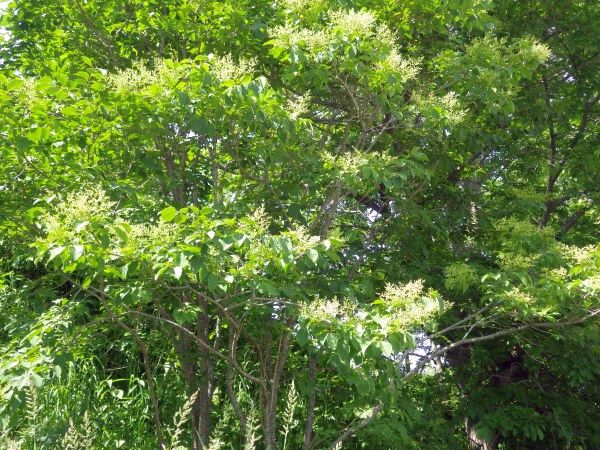 1
1
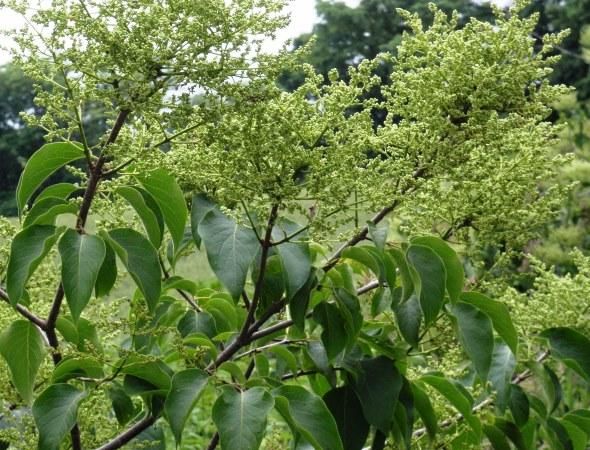 2
2
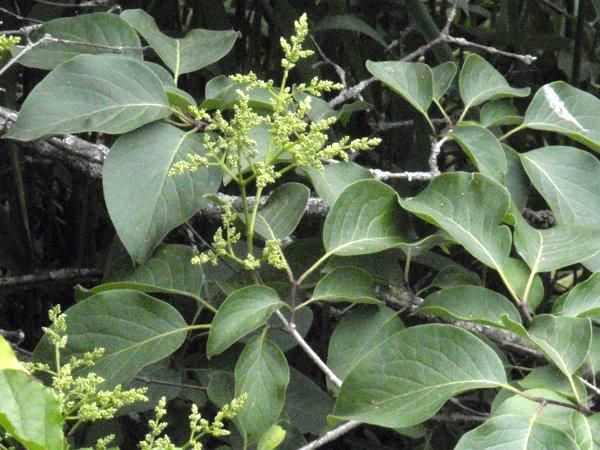 3
3
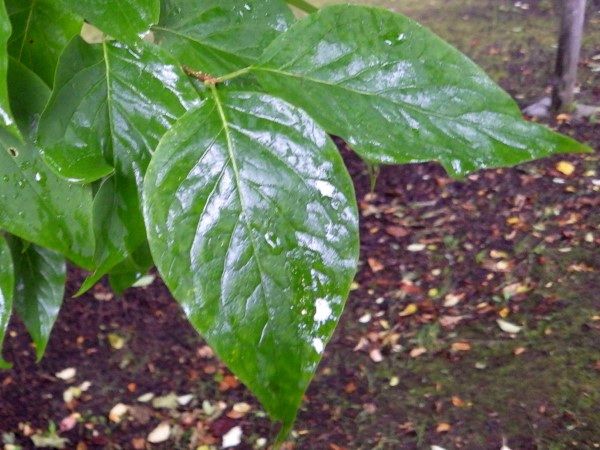 4
4
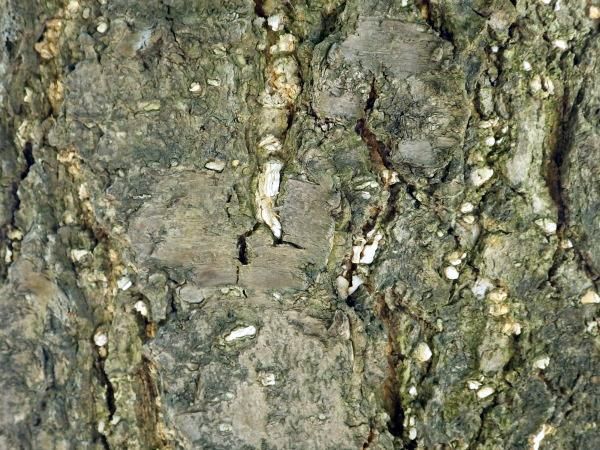 5
5
[1] on a small hill adjacent to Fukuhara Super Market in Shibecha Town, eastern Hokkaido, on June 24 2019. [2/3] at a small branch of Satsunai River, central Hokkaido, on June 26 2013. [4] in the Kabuto Swamp Camp Site, Sarobetsu, northern Japan, on August 19 2020. [5] a bark (樹皮) at a park in N11/W2, North Ward, Sapporo, on July 7 2015. Records: along a forest road in the Shibecha Experimental Forest of Kyoto University, eastern Hokkaido, on June 27 2019.
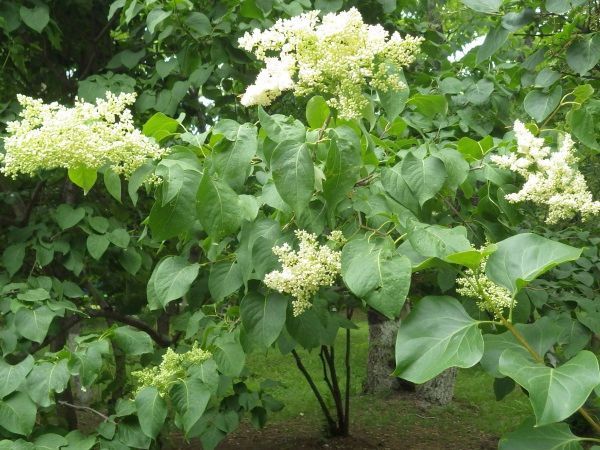 1
1
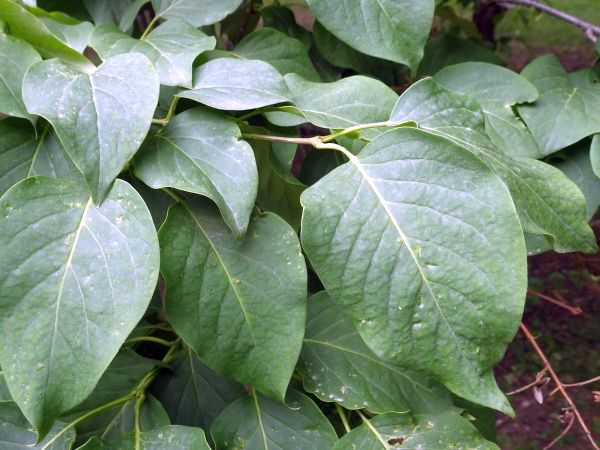 2
2
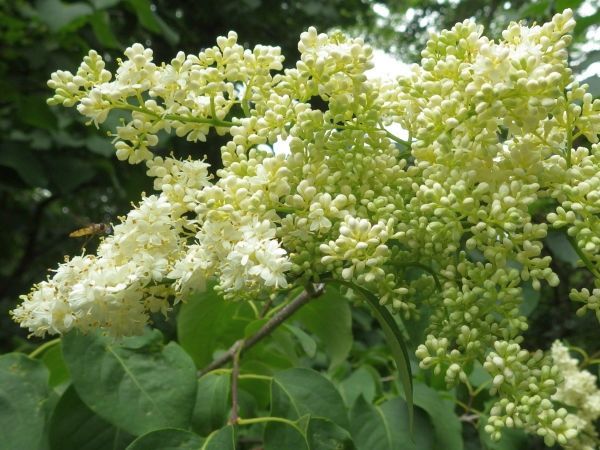 3
3
[1-3] in the animal and plant park, Changchun City, Jilin Prvince, northeastern China, on June 6 2017.